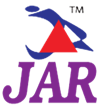Pangaon ICT
Pangaon ICT — Inland Container Terminal for Dhaka River Trade
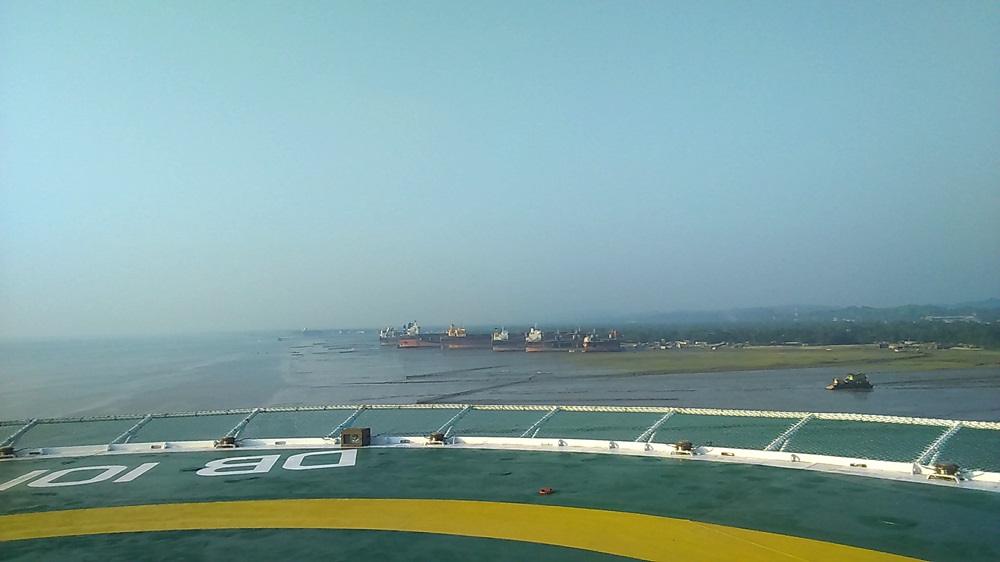
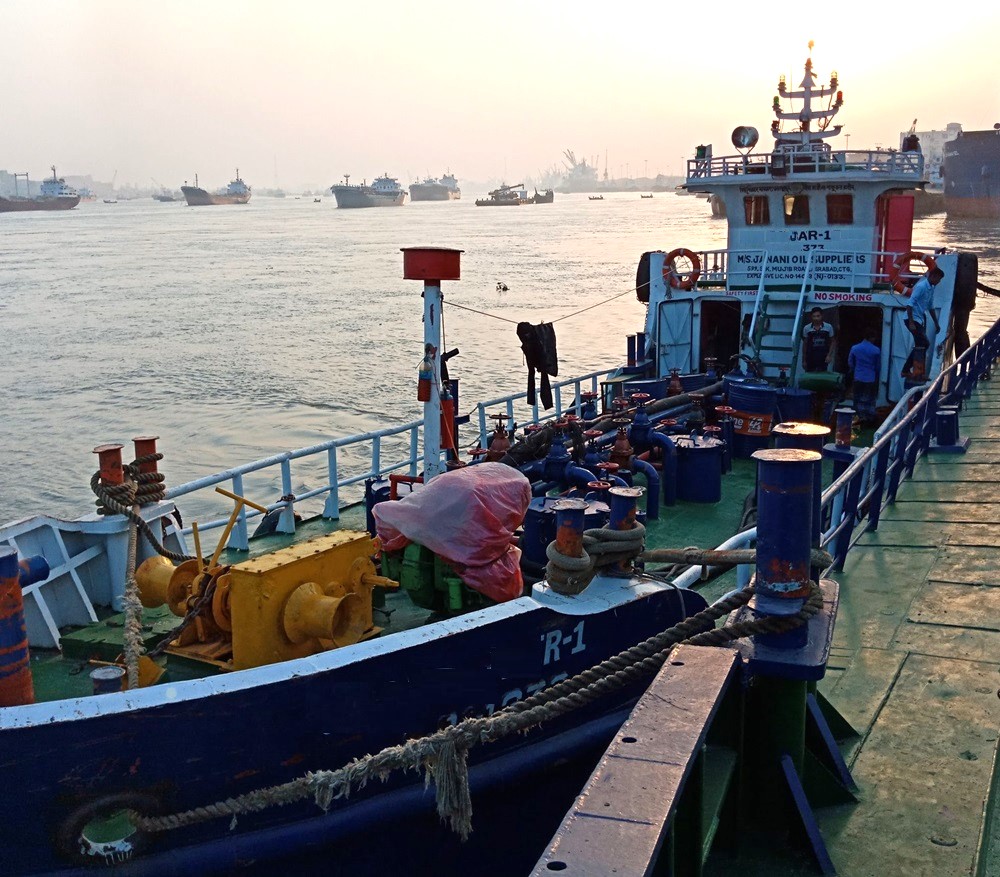
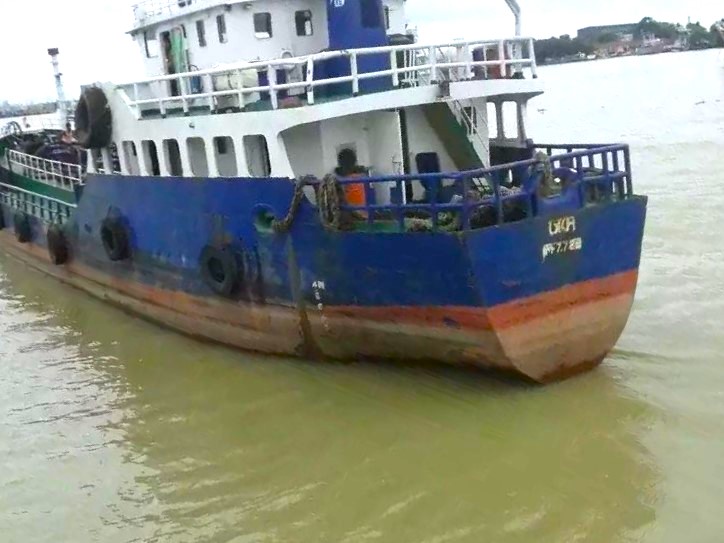
Pangaon Inland Container Terminal (Pangaon ICT) is a river-based inland container port serving the Dhaka region. Located in Keraniganj, on the outskirts of the capital, it connects Dhaka to seaports such as Chattogram and Mongla via inland waterways, reducing pressure on highways and traditional land corridors.
As an inland terminal, Pangaon ICT supports barge and feeder operations for containerized cargo, playing a key role in shifting freight from road to river and enabling more sustainable, cost-effective logistics for importers, exporters and shipping lines.
JAR GROUP provides river logistics, barge coordination, port agency liaison, customs support and crew services linked with Pangaon, Chattogram and Mongla.
Terminal Overview & Capacity
Pangaon ICT is designed as an inland container terminal with dedicated jetty, container yard and handling equipment. From Dhaka’s perspective, it functions as an extended river gateway to deep-sea ports, enabling:
• Movement of containers by river barges between Pangaon and seaports
• Buffer capacity away from congested seaport yards
• Direct access for manufacturers, depots and ICDs in and around Dhaka
• Lower logistics cost compared to long-distance road haulage in many trades
River Operations, Barges & Bunkering
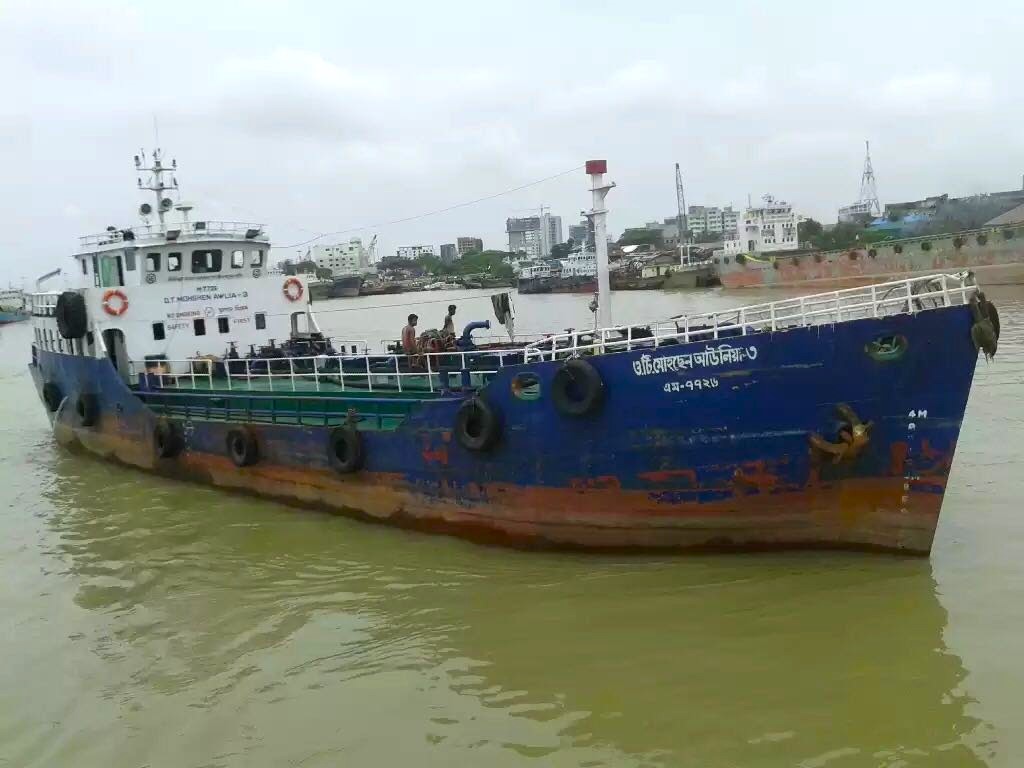
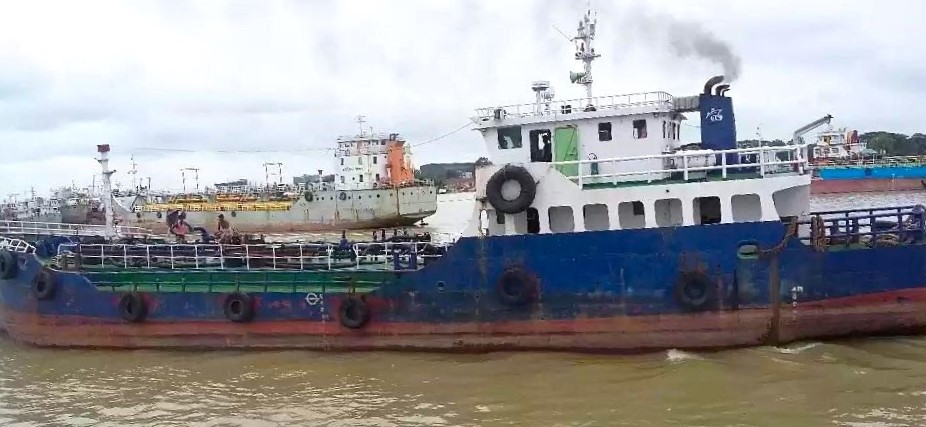
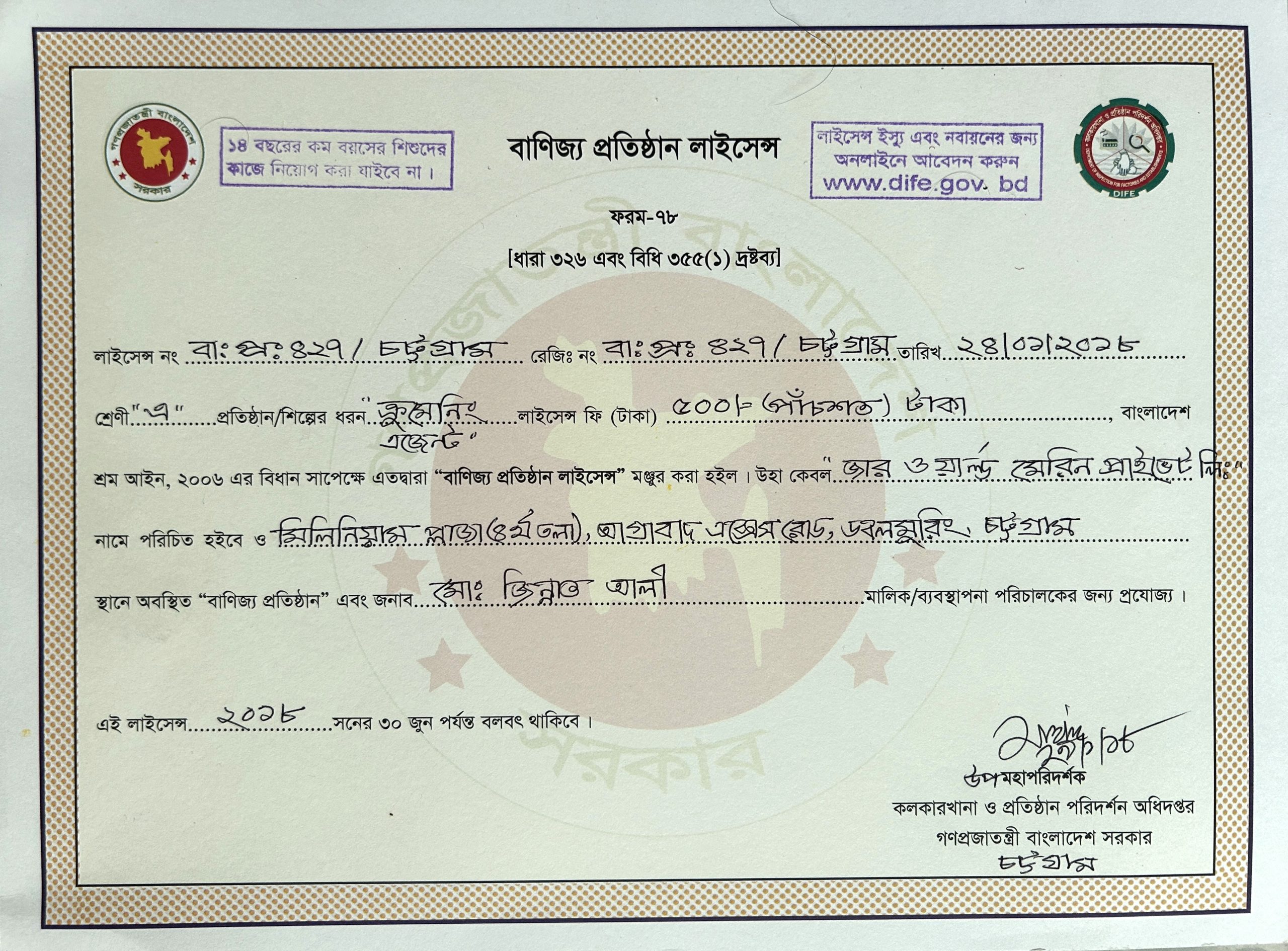
Using Bangladesh’s river network, containers can move between Pangaon ICT and sea gateways on dedicated barges. JAR GROUP supports charterers, logistics providers and shippers with:
• Barge and lighter coordination between Pangaon and seaports
• Bunkering coordination and lub oil supply via regional partners
• Towage, pilotage liaison and safe river passage planning
• Coordination of ship spares and technical supplies moving via river
ISO Tanks & Specialized Container Cargo
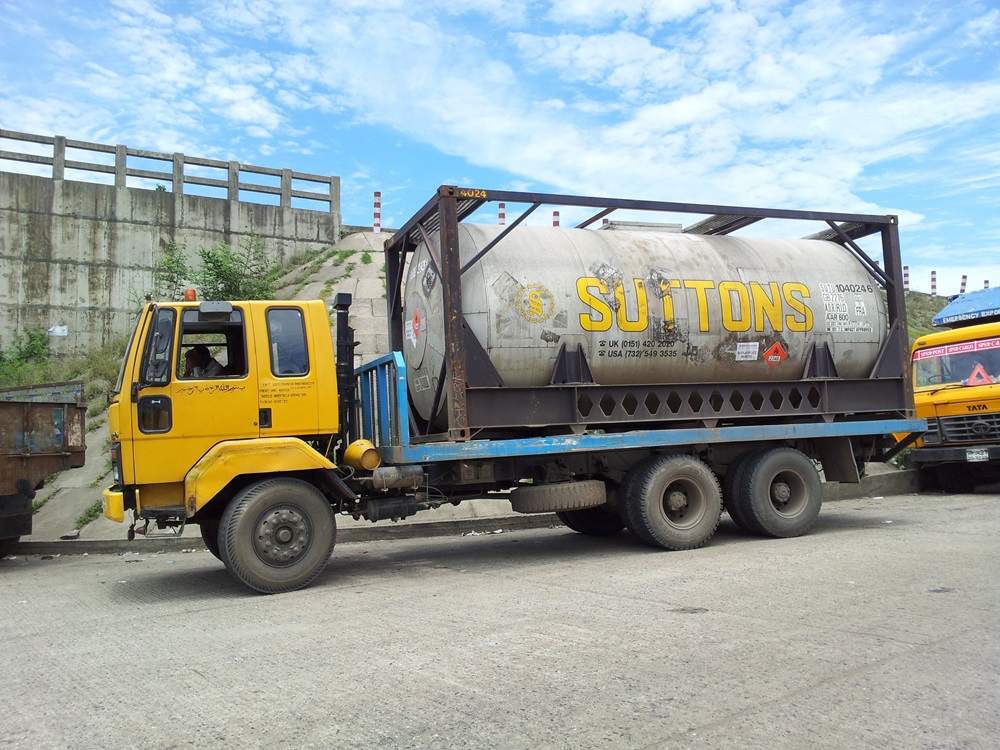
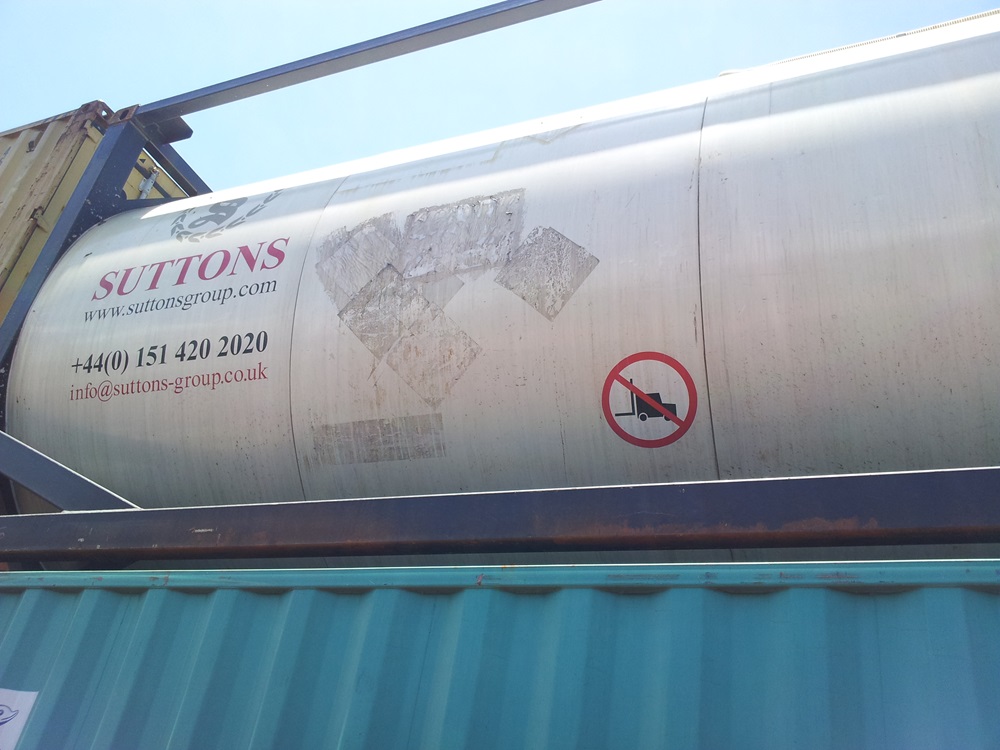
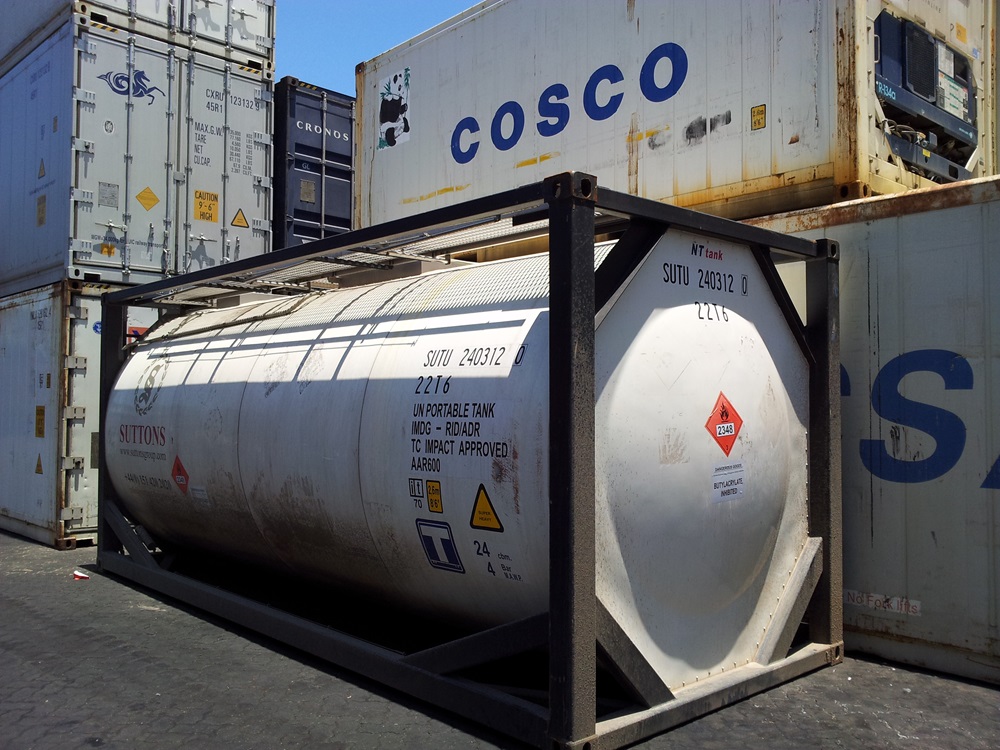
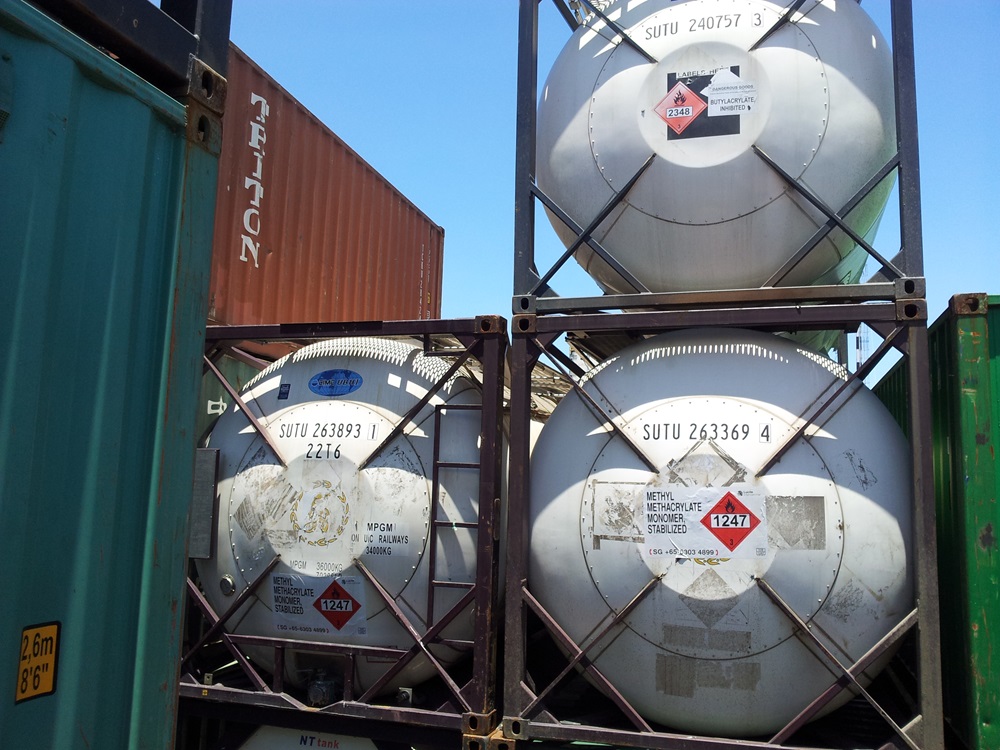
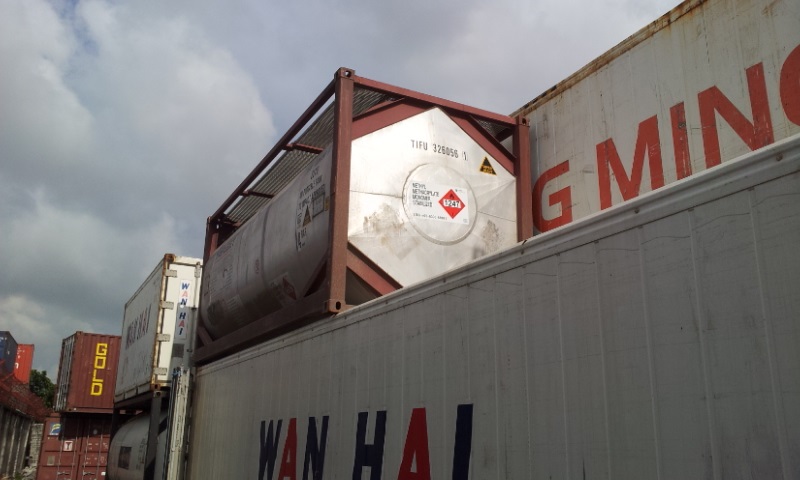
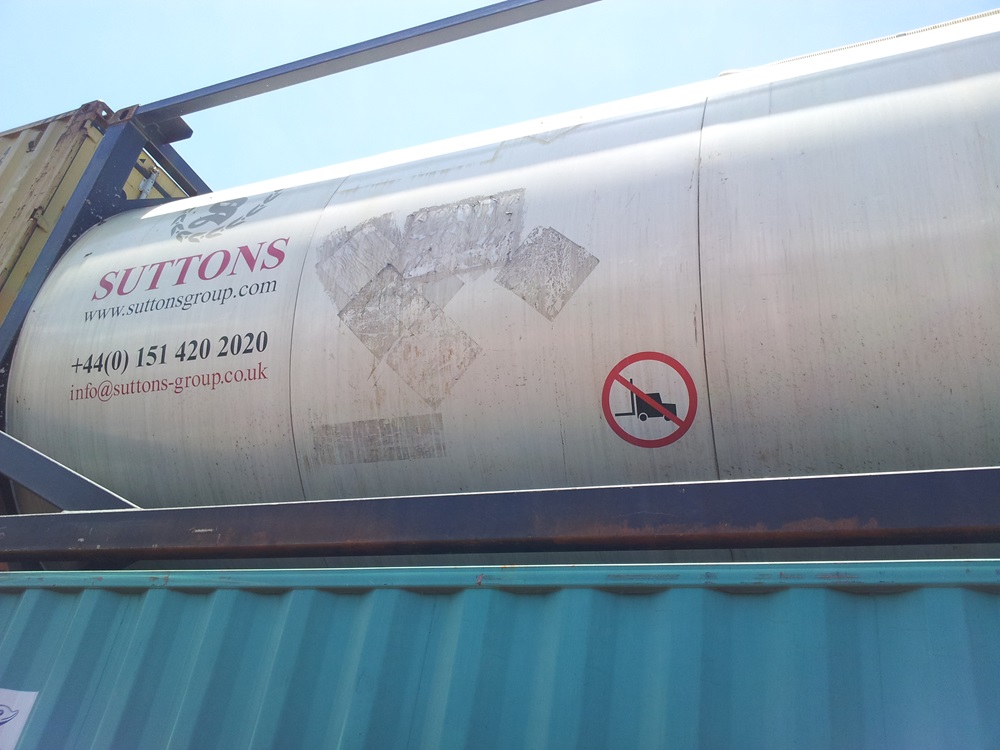
For shippers using ISO tanks and specialized containers, Pangaon ICT can be part of an integrated corridor. JAR GROUP works with tank operators, chemical traders and industrial clients to synchronize seaport handling, river movement and inland delivery.
Global Carrier & Charterer Connectivity



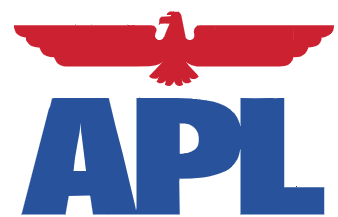
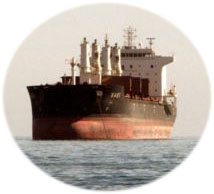

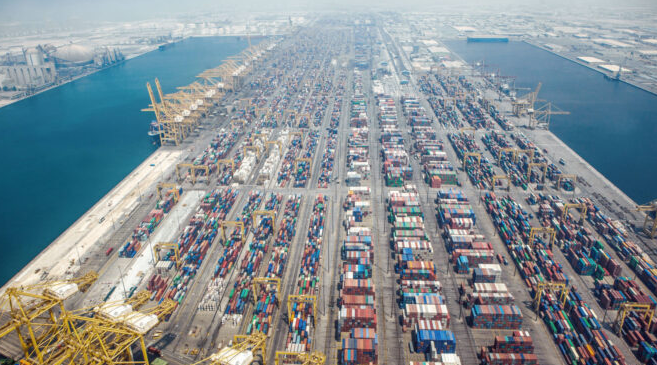
JAR GROUP engages with global carriers, NVOCCs and project charterers to design end-to-end routes where containers are discharged at seaports, then moved inland to Pangaon ICT or vice versa, using river corridors as an efficient extension of deep-sea services.
Seafarers, Crew Management & River Operations
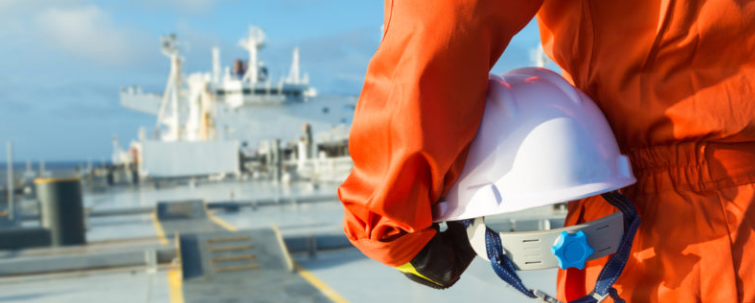
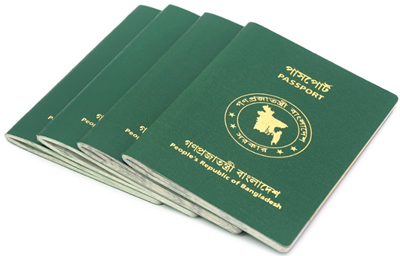
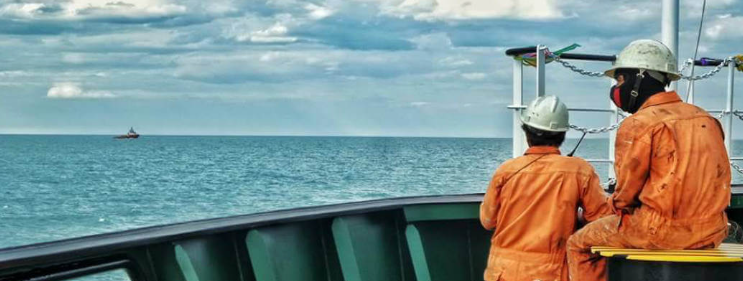
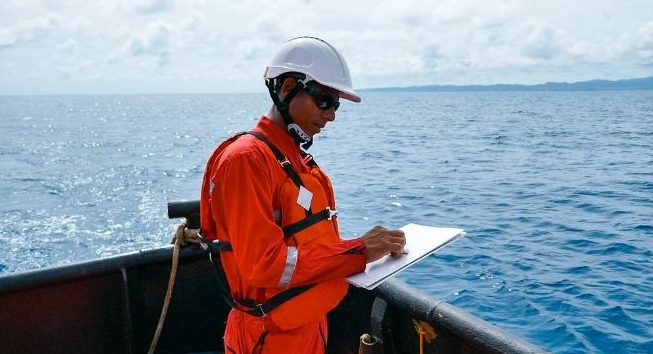
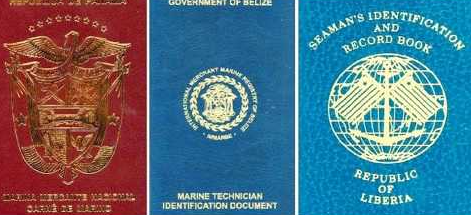
JAR World Marine supports seafarers and crew for both sea-going and inland vessels, with a focus on compliance, documentation and welfare when operating in Bangladesh rivers and seaports.
👉 More details on crew management & seafarer services: https://crew.jarinfo.com/
Compliance, Certifications & Office Network
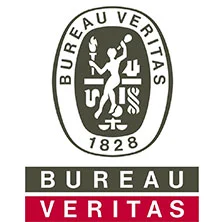
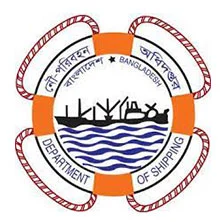

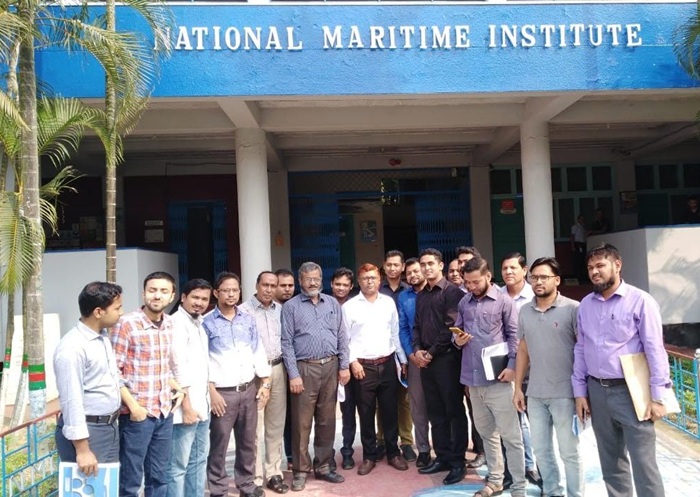
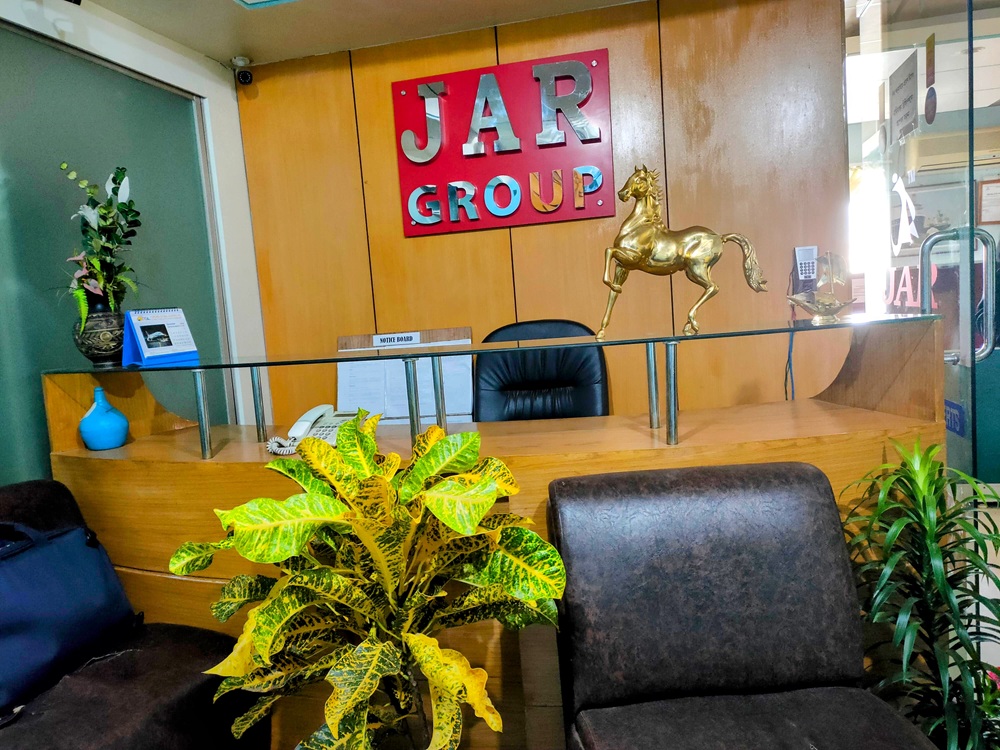
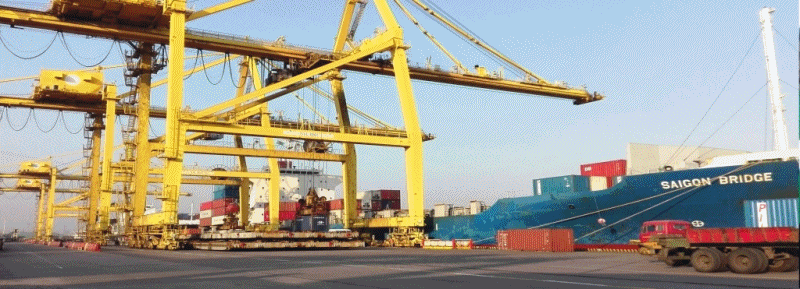
JAR GROUP’s services are backed by recognized certifications, regulatory approvals and a physical presence across key maritime and logistics hubs, ensuring reliable coordination between Pangaon ICT, seaports and inland destinations.
Work With JAR GROUP at Pangaon ICT
Whether you are a shipping line, NVOCC, freight forwarder, tank operator or cargo owner, JAR GROUP can design and manage tailored solutions that combine seaport calls, river barges and inland distribution via Pangaon ICT and other key inland facilities.
Visit JAR World Shipping Line📩 Email: bd@jarinfo.com
Pangaon Inland Container Terminal
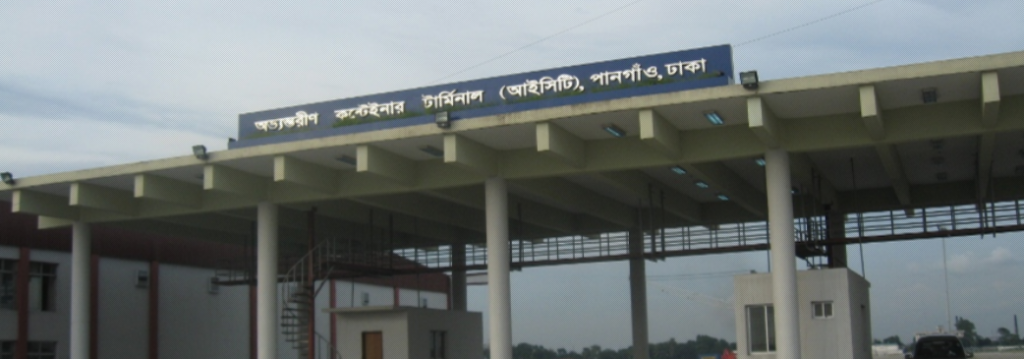
The Pangaon Inland Container Terminal (PICT) is a significant inland port and container terminal located on the Buriganga River in Dhaka District, Bangladesh. Here are some key details about it:
Website : https://pict.gov.bd/
Overview
- Location: Pangaon ICT is situated in Keraniganj Upazila, approximately 20 kilometers from Dhaka city.
- Inauguration: The terminal was officially opened in 2013.
- Purpose: It serves as a cargo port for Bangladesh’s capital and largest city, Dhaka.
Infrastructure
- Storage Capacity: The terminal has a storage capacity of 3,500 TEUs (Twenty-foot Equivalent Units) and handles around 116,000 TEUs annually.
- Jetty: The jetty is 180 meters long and 26 meters wide, allowing two ships of 70-75 meters to berth simultaneously.
- Equipment: The terminal is equipped with one mobile harbor crane, two straddle carriers, four forklifts, two tractor trailers, and two cargo-lifting cranes.
Operations
- Shipping Routes: The primary shipping route is between Dhaka and Chittagong port. Additionally, the port has facilitated direct shipping routes with Kolkata and China.
- Vessels: Three vessels – Pangaon Express, Pangaon Success, and Pangaon Vision – have been procured from China to operate the terminal.
- 24/7 Operations: The terminal operates round-the-clock with uninterrupted electricity and water supply for container handling activities.
Economic Impact
- Trade Facilitation: Pangaon ICT helps ease the pressure on the Dhaka-Chittagong railway and highway corridors by providing an alternative route for cargo movement.
- Regional Connectivity: The terminal enhances regional connectivity and supports the transportation of bulk cargo, petroleum, and other goods through inland waterways.
Future Plans
- Capacity Expansion: There are plans to gradually increase the terminal’s capacity to handle 160,000 TEUs annually.
- Modernization: Continuous efforts are being made to modernize the terminal with advanced equipment and infrastructure to improve efficiency and service quality.
Pangaon Inland Container Terminal is a crucial component of Bangladesh’s logistics network, contributing to the efficient movement of goods and supporting economic development in the region.
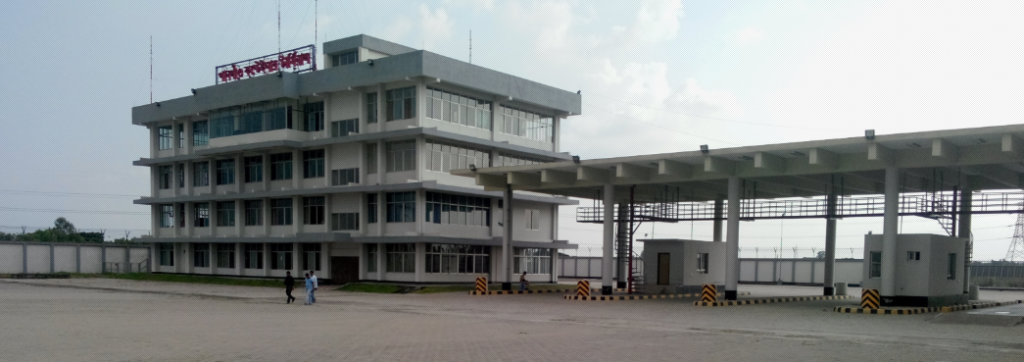
The specifics of Pangaon Inland Container Terminal (ICT):
Detailed Operations
- Cargo Handling: The terminal specializes in handling containerized cargo, which is vital for the efficient transportation of goods. It operates as a transshipment hub where containers are transferred between different modes of transportation, such as from ships to trucks or rail.
- Logistics Management: The terminal employs advanced logistics management systems to track and manage cargo movements, ensuring that goods are handled efficiently and securely.
Trade Routes and Connectivity
- Primary Route: The main shipping route for Pangaon ICT is between Dhaka and Chattogram Port, Bangladesh’s largest seaport. This route is crucial for facilitating trade between the capital and the port city.
- International Connections: Pangaon ICT has also established direct shipping routes with Kolkata, India, and China, enhancing Bangladesh’s international trade connectivity. This helps in reducing the dependency on road and rail networks and promotes the use of inland waterways.
Technological Integration
- Automation and Efficiency: The terminal incorporates automated systems for cargo handling and management. This includes the use of computerized systems to monitor container movements, optimize storage, and streamline operations.
- Equipment: The terminal is equipped with modern cargo handling equipment such as mobile harbor cranes, straddle carriers, forklifts, and tractor trailers. These tools are essential for the efficient loading, unloading, and transportation of containers.
Economic and Environmental Benefits
- Cost Efficiency: By providing an alternative to the heavily congested road and rail networks, Pangaon ICT helps in reducing transportation costs and improving the overall efficiency of cargo movement.
- Environmental Impact: The use of inland waterways for cargo transportation is more environmentally friendly compared to road transport. It helps in reducing carbon emissions and alleviates traffic congestion on highways.
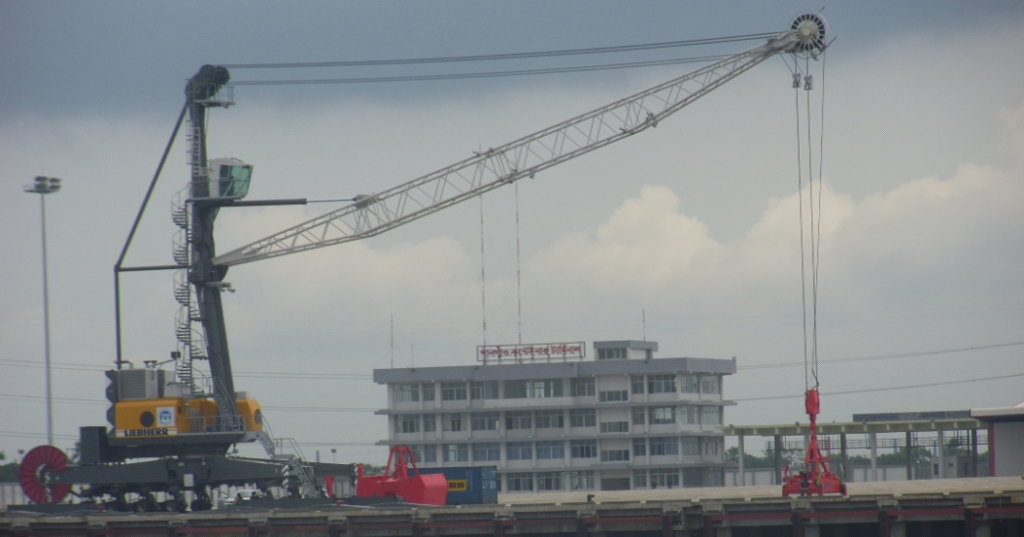
Future Development Plans
- Expansion of Capacity: There are plans to expand the terminal’s capacity to handle an increased volume of containers. This includes upgrading existing facilities and acquiring additional equipment to support higher cargo throughput.
- Digital Transformation: Continuous efforts are being made to enhance the digital infrastructure of the terminal. This includes the implementation of advanced software systems for better cargo tracking, management, and automation of processes.
- Improved Connectivity: Further improvements in road and rail connectivity to the terminal are planned to facilitate smoother and faster transportation of goods.
Strategic Importance
- Economic Hub: Pangaon ICT plays a critical role in supporting the economic activities of Dhaka, the capital city of Bangladesh. It serves as a vital logistics hub for the transportation of goods to and from the city.
- Supporting Industrial Growth: The terminal supports the growth of various industries in the region by providing efficient logistics solutions. This includes the textile, manufacturing, and consumer goods sectors, which rely heavily on containerized cargo transportation.
Community and Social Impact
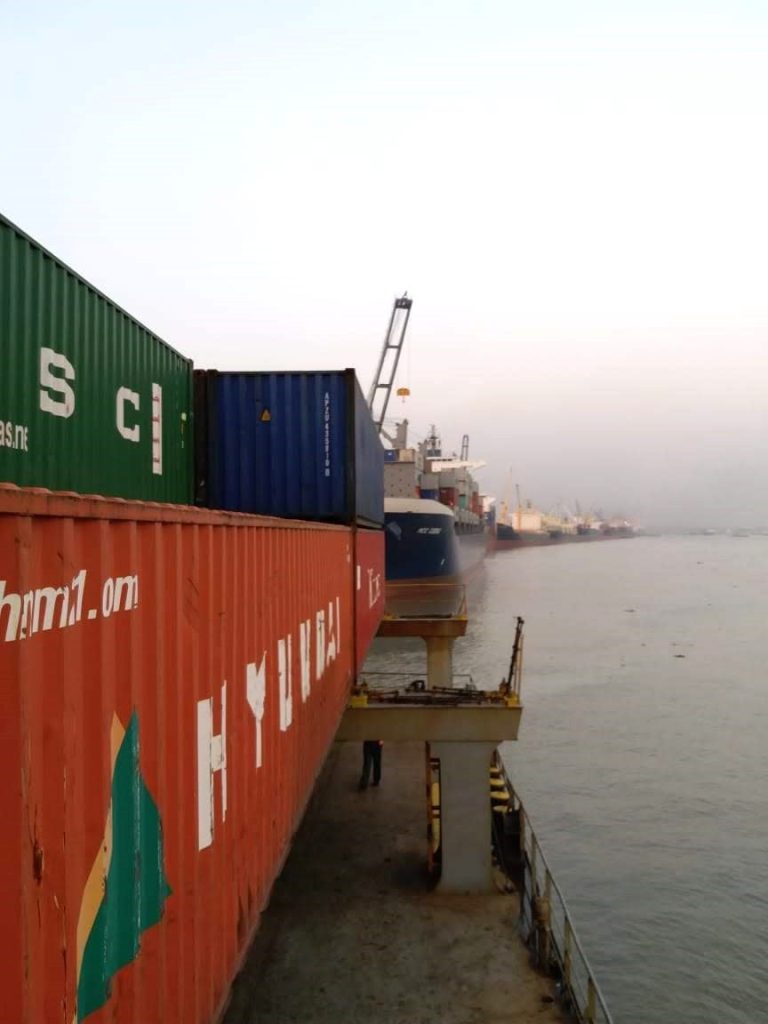
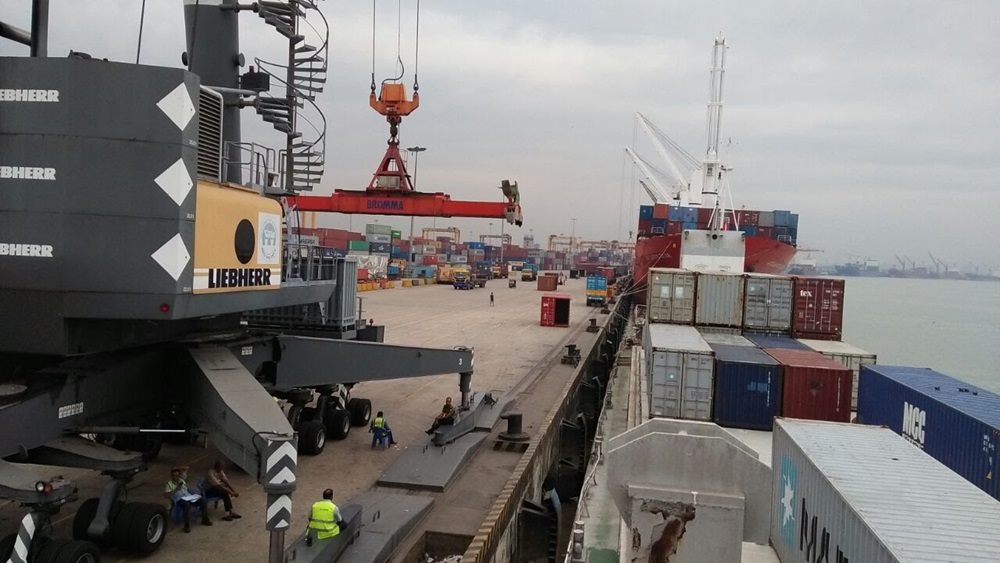
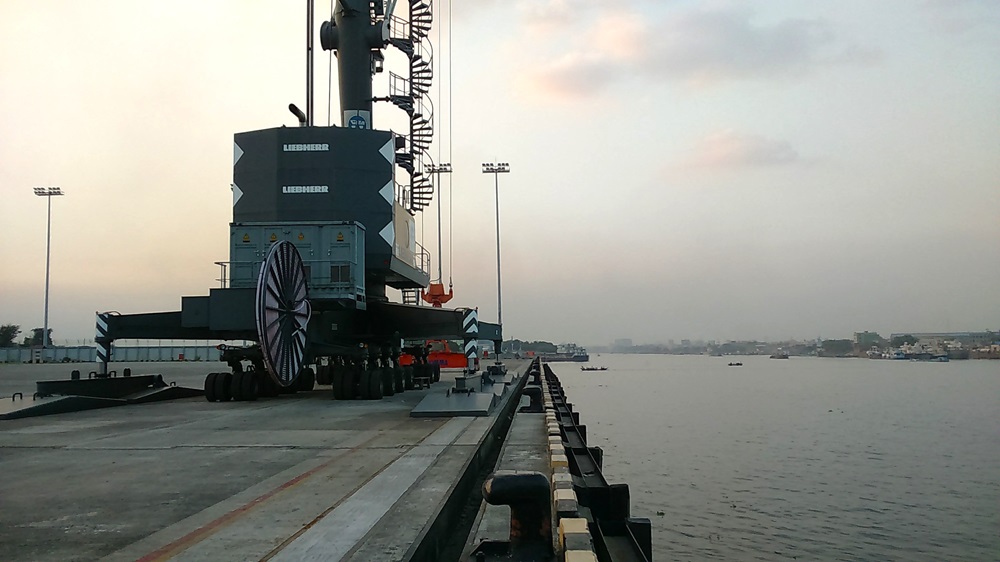
- Job Creation: The terminal has created numerous employment opportunities for the local population, contributing to the economic development of the region.
- Training and Development: Regular training programs are conducted for port workers to enhance their skills and ensure they are up-to-date with the latest technologies and safety protocols.
Pangaon Inland Container Terminal is a vital component of Bangladesh’s logistics network, playing a crucial role in facilitating trade and supporting economic growth. Its strategic location, modern infrastructure, and continuous development efforts ensure that it remains a key asset for the country’s maritime and logistics sectors.
Facilities
- Length of the Jetty- 180 m (Two ships length of 70-75m can take berth at a time)
Width of the Jetty-26 m - Total Yard Area (Within the boundary wall)-55,000 Sq. m.
- Total area of van pool(Overflow yard)-9100 Sq.m.
- Container holding Capacity of yard -2400 TEUS
- Container Freight Station (CFS) area-5815 Sq.m.
- Reefer Plug-in point-48nos.
- Mobile Harbor Crane – 2 nos.
- Straddle Carrier – 2nos.
- Forklift (16 Ton) – 4nos.
- Forklift (5 Ton) – 4nos.
- Forklift (3 Ton) – 4nos.
- Forklift (10 Ton) – 4nos.
- Tractor trailer – 2nos.
- VRT – 1nos.
- Man Lift – 1nos
- MC(50 Ton) -1nos
- MC(20 Ton) -1nos
- MC(10 Ton) -1nos
- TM(50 Ton) – 2nos.
- TT(40 Ton) – 4nos.
- Cargo Lifting Crane – 1 nos. of 10 ton capacity.
- Cargo Lifting Crane – 1 nos. of 20 ton capacity (under process for shifting to PICT from Chittagong Port).
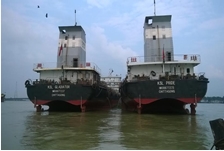

Website Visit : www.jarship.com
